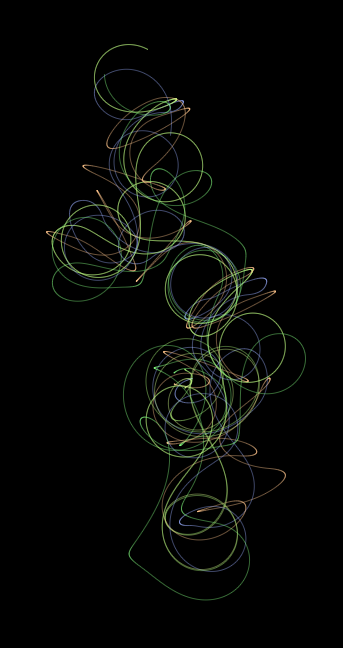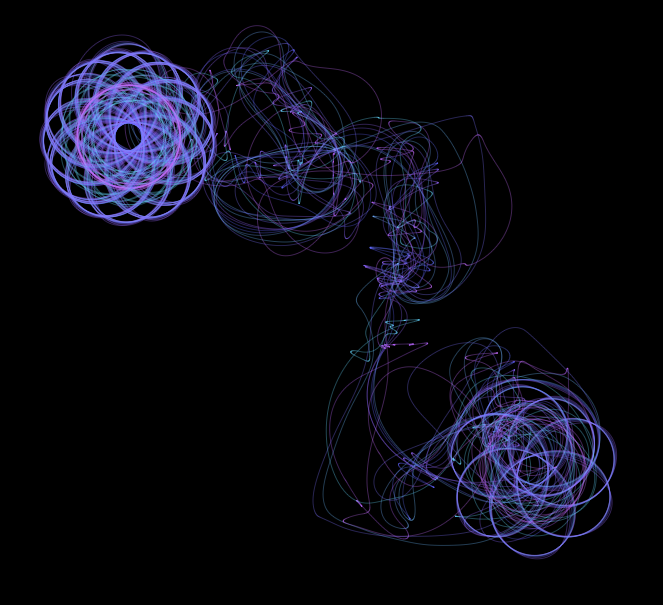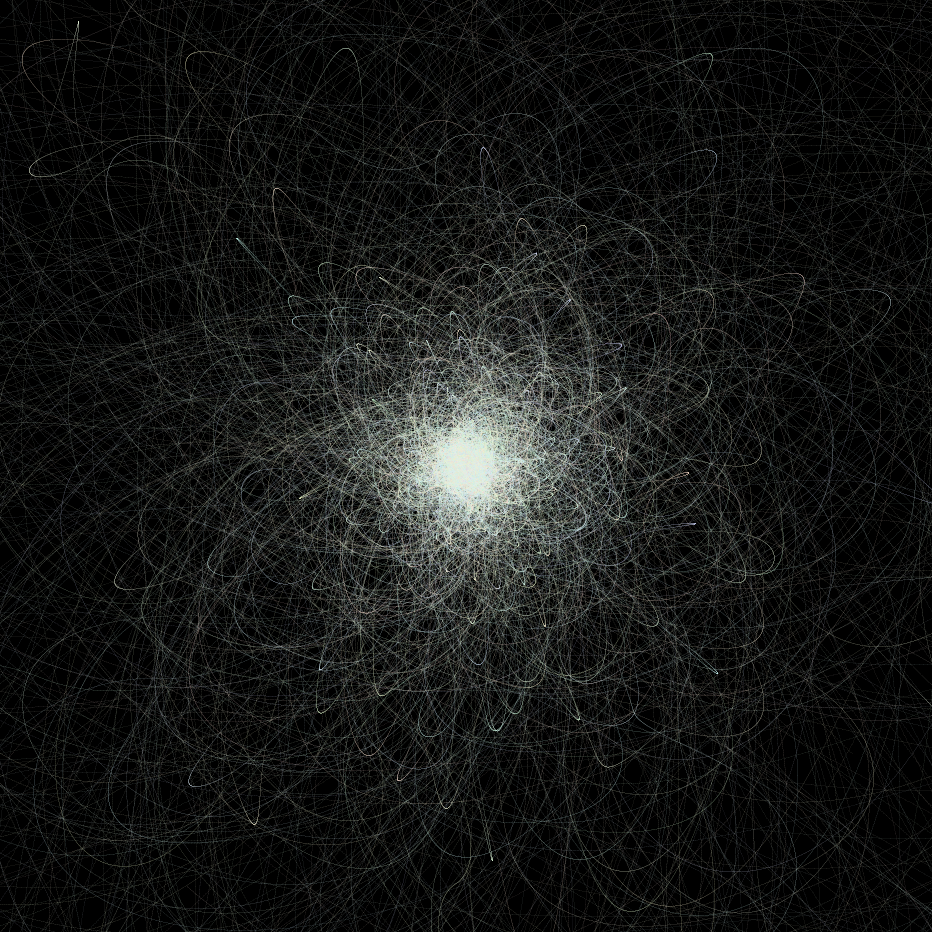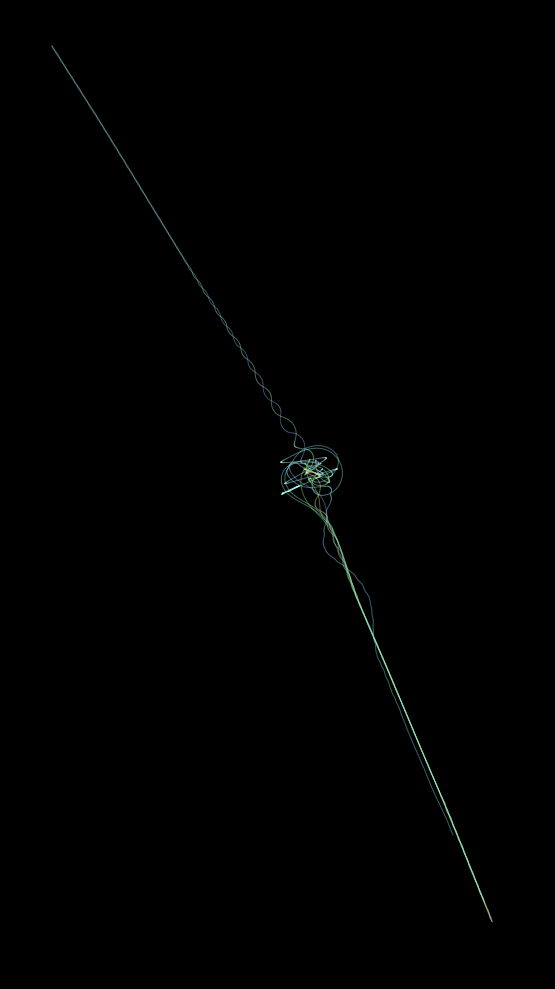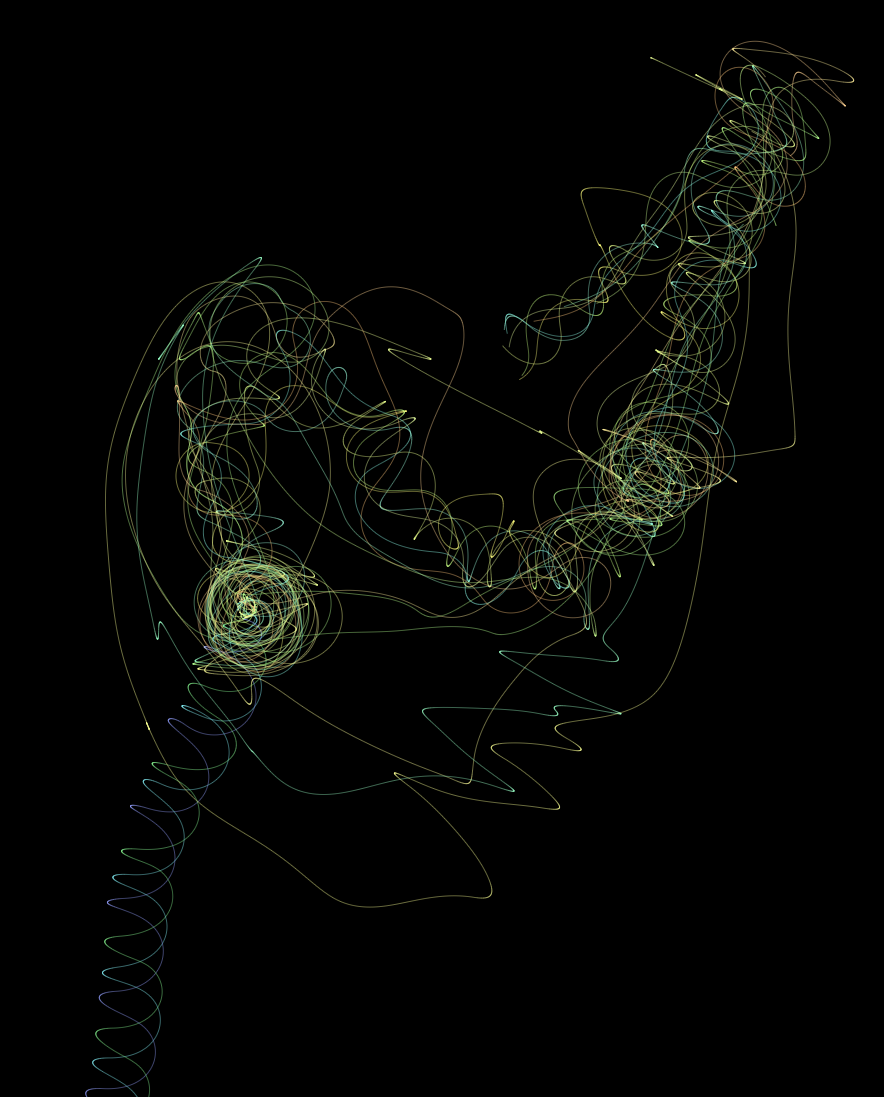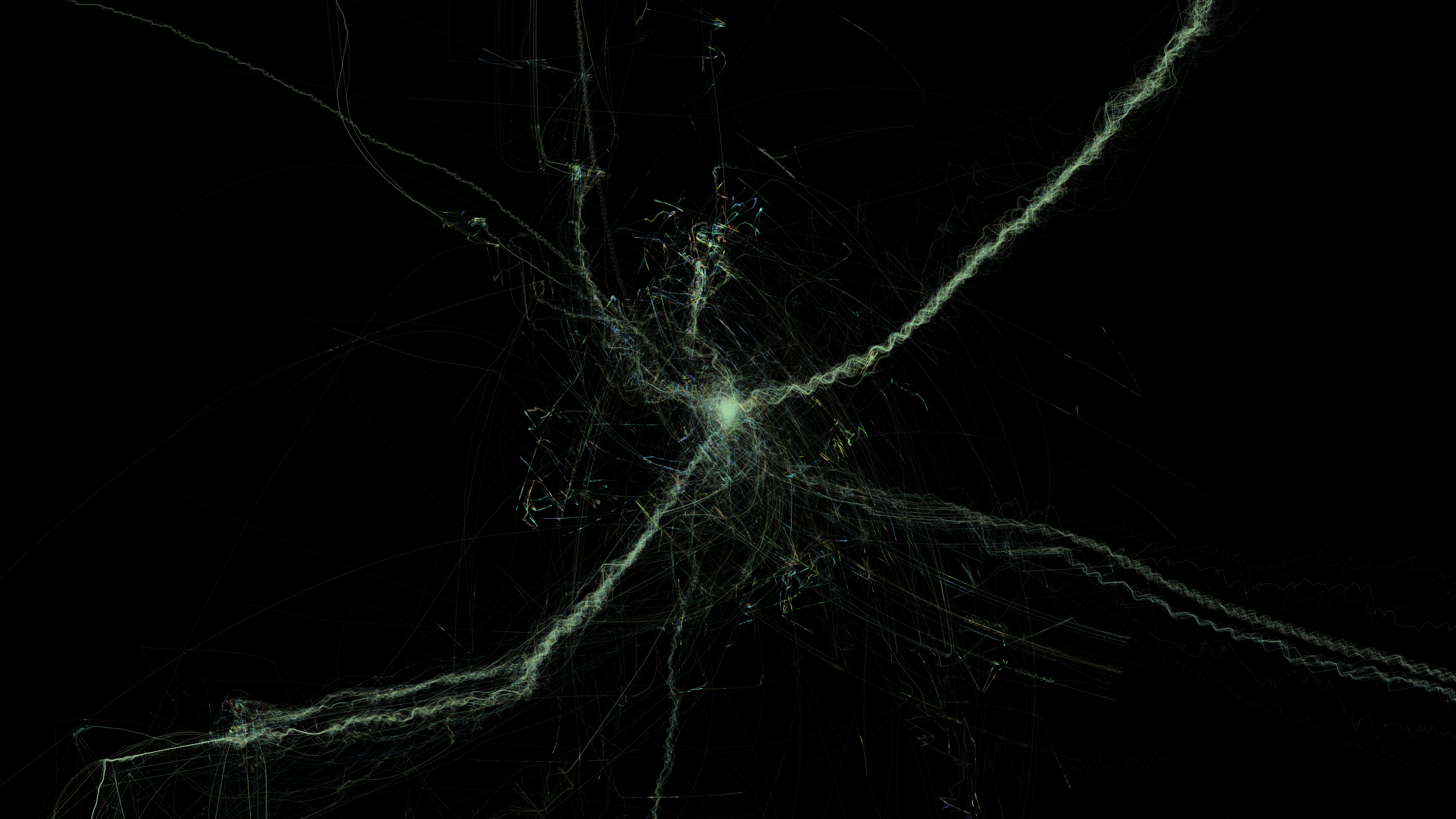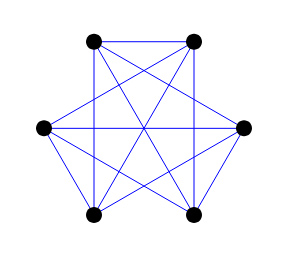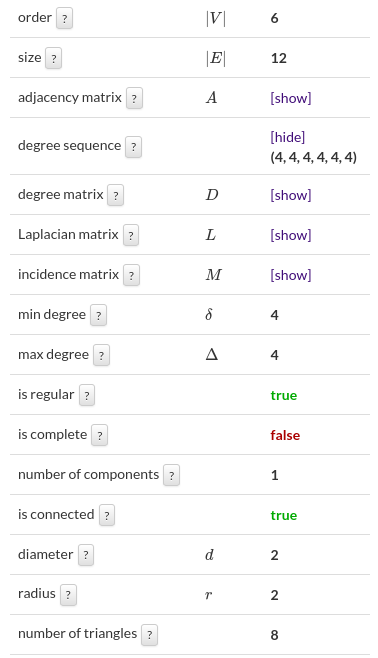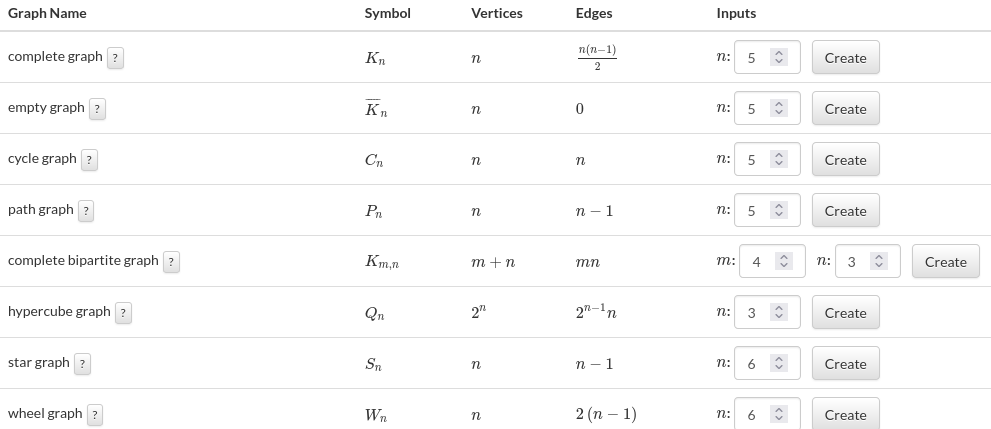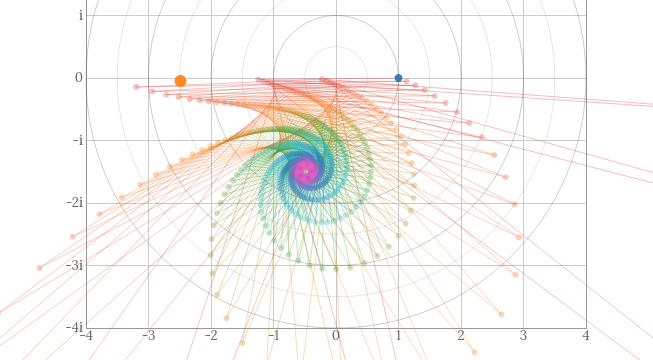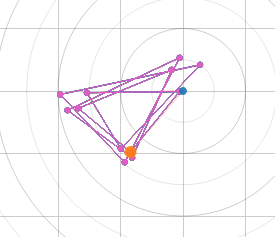Followers (2025)
An art project which produces images of swirling chaotic figures based on a simple dynamic simulation.
The positions of many particles are traced over time to produce winding, intersecting trails. The particles move by targeting a particular position and heading for it. The target position is determined using the location of two other randomly chosen particles, or "partners". The target position lies "behind" the first partner on the line connecting the first partner to the second partner. Partners are chosen randomly, so the number of particles and the seed value product different networks of partners, which can produce a large variety of chaotic cyclic interactions. Simulation parameters such as the maximum acceleration of the particles, particle count, and initial particle positions also affect the result. The simulation is run until a set iteration count is reached. Finally the resulting image of the traced particle paths can be downloaded as a PNG or SVG.
This project was a good way for me to test out using Rust in the browser. Rust is my favorite programming language, and the fact that I can use it to build apps like this targeting WASM for the web is amazing. It uses Dioxus to render the UI and the Canvas Web API to render the image.
